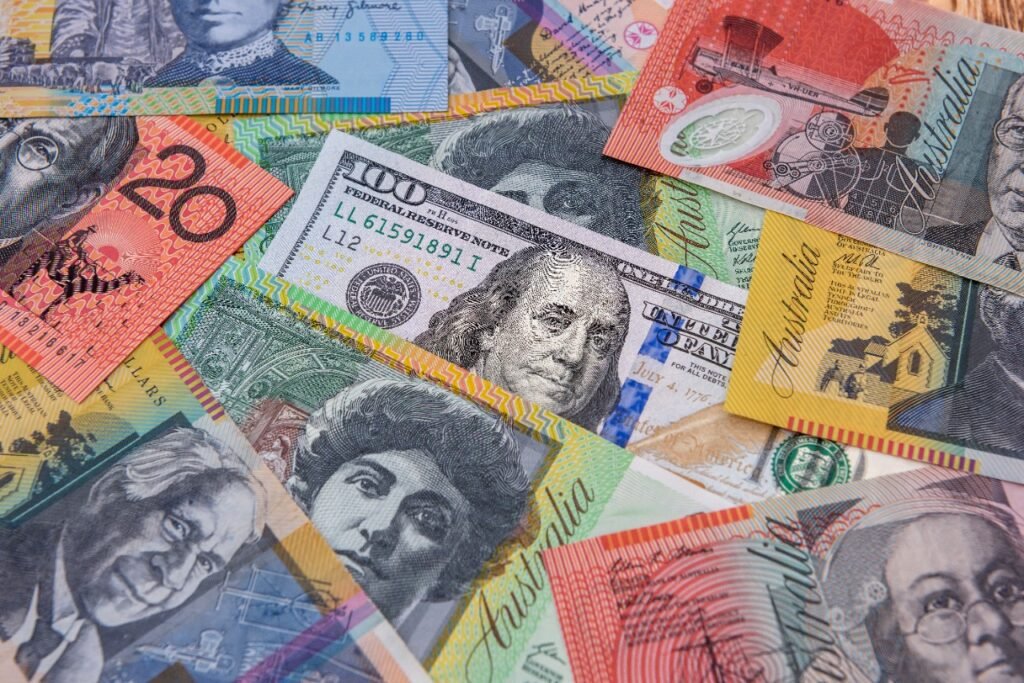AUD/USD gains on US economic data
AUD/USD finished higher last week at 0.6522, gaining 0.82%. The strength of the Australian dollar (AUD) was largely due to dovish developments in the United States (US), which weakened the US dollar (USD) and provided a tailwind for the AUD.
The rally began with July’s softer-than-expected US non-farm payrolls report, indicating a cooling labour market. A weak Institute for Supply Management (ISM) services purchasing managers index (PMI) report further heightened concerns about US economic growth.
Federal Reserve appointments and implications
These factors led several Federal Reserve (Fed) officials to adopt a more dovish tone last week. They expressed concerns about growth and boosted market expectations for earlier and more substantial Fed interest rate cuts, putting pressure on the USD.
The dovish sentiment was amplified by the appointment of Stephen Miran, known for his dovish stance, to the Fed Board. Additionally, reports suggested that Fed Governor Christopher Waller, who has maintained a dovish stance this year, is President Trump’s top pick to replace Fed Chair Jerome Powell.
Upcoming economic events
Looking ahead, AUD/USD’s near-term trajectory will likely be influenced by several key events.
- Reserve Bank of Australia (RBA) meeting: on Tuesday, 12 August at 2.30pm AEST (previewed below)
- US consumer price index (CPI) report: on Tuesday, 12 August at 10.30pm AEST will also be crucial. A lower-than-expected inflation reading could reinforce expectations of aggressive Fed rate cuts, supporting AUD/USD gains. Conversely, a higher-than-expected CPI could temper dovish Fed expectations, prompting risk-aversion flows into USD at the expense of AUD
- Australian labour force update: on Thursday, 14 August at 11.30am AEST will be pivotal as well. A weaker jobs report could bolster expectations of a more aggressive RBA rate cut cycle into year-end, capping AUD/USD. Conversely, a resilient labour market report would allow the RBA to maintain a cautious dovish stance, supporting AUD/USD
- Global risk sentiment and commodity prices: particularly iron ore and copper, which are critical to Australia’s export-driven economy, will also play a role.
RBA interest rate meeting
Date: Tuesday, 12 August at 2.30pm AEST
At its last meeting in July, the RBA kept its official cash rate unchanged at 3.85% surprising a market that widely expected a 25 basis point (bp) rate cut.
The RBA noted that recent monthly inflation data had been marginally stronger than expected and stated it could afford to wait for more information to confirm that inflation is heading sustainably back toward the target. Additionally, RBA Governor Bullock mentioned that the decision to hold rates was more about timing rather than the overall direction.
Since then, the case for further monetary policy easing has strengthened. July’s labour force report showed the unemployment rate rose to 4.3% from 4.1%, reaching its highest level since November 2021.
Meanwhile, the second quarter (Q2) inflation report revealed further signs of disinflation with the RBA’s preferred measure of inflation, the trimmed mean, easing to 2.7% from 2.9%, moving closer to the midpoint of the RBA’s 2-3% inflation target.
These factors, combined with the soft first-quarter (Q1) gross domestic product (GDP) report released in June, which showed the Australian economy grew at an annual rate of just 1.3%, are expected to see the RBA cut its cash rate by 25 bp tomorrow to 3.60%.
The accompanying commentary is expected to be dovish, supporting the case for additional 25 bp rate cuts in November and February, which would bring the RBA official cash rate down to 3.10%.







